India beefs up military presence at tense border with China
Indian Foreign Minister Subrahmanyam Jaishankar says the country has scaled up troop deployment along a disputed border with China to an unprecedented level, following a new stand-off there last week.
S Jaishankar made the remarks on Monday while answering questions about the latest flare-up, which occurred between the two sides on December 9.
"Today, you have a deployment of the Indian Army on China border that we never had. It is done to counter Chinese aggression. The Indian Army today is deployed to counter any attempt to unilaterally change LAC (Line of Actual Control)," he said, referring to the demarcation that separates Indian-controlled territory from Chinese-controlled territory.
The top Indian diplomat added that India wouldn't let China "unilaterally change" the status quo at the border.
The remarks came days after Indian and Chinese forces clashed in a disputed area along the border in Arunachal Pradesh State.
India said that the encounter began due to "encroachment" by Chinese troops.
China's Foreign Ministry previously said that the situation on the border was "generally stable" and the two sides were maintaining dialog on the issue.
India and China share a disputed 3,440km-long de facto border that is poorly demarcated. Soldiers on either side come face to face at many points, and tensions sometimes escalate into clashes.
The latest flare-up followed joint military exercises last month between India and the United States in the northern Indian state of Uttarakhand, which borders China.
The clash led to a political uproar in India last week, with opposition parties walking out of parliament after their demand for an immediate discussion of the border situation was denied.
Rahul Gandhi, leader of India's main opposition Congress Party, accused Prime Minister Narendra Modi's BJP-led government of ignoring the threat from China.
The incident is also believed to have been the most serious on the disputed frontier since 2020, when 20 Indian troops and four Chinese soldiers died brawling in the Galwan Valley of Ladakh. Both countries back then stationed tens of thousands of troops backed by artillery, tanks, and fighter jets along the Line of Actual Control. After multiple meetings between military commanders, some Indian and Chinese soldiers were pulled back from Ladakh.
Scores killed as Takfiri terrorists target Shia Muslims in Pakistan
Pezeshkian to US, Europeans: You are killing women, children
VIDEO | COP29: another climate failure?
ICC issues arrest warrants for Netanyahu, Gallant for war crimes
Israeli strikes kill 88 Palestinians in northern Gaza
American voters plainly rejected complicity in Gaza genocide: Iran FM spox
ICC should issue more arrest warrants for Israeli authorities over Gaza genocide: UN expert
Israel using AI weapons co-produced by India in Gaza genocide: Report


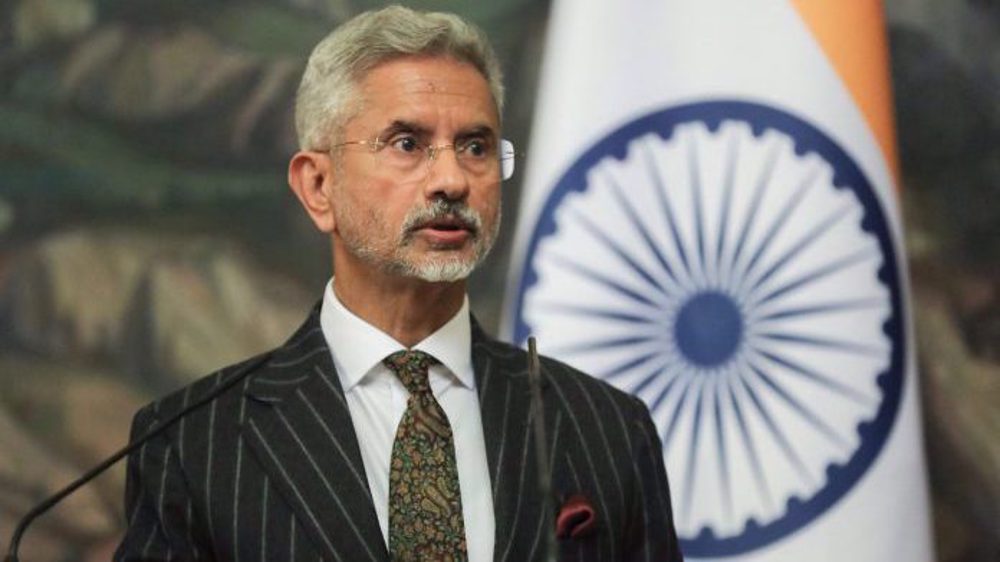

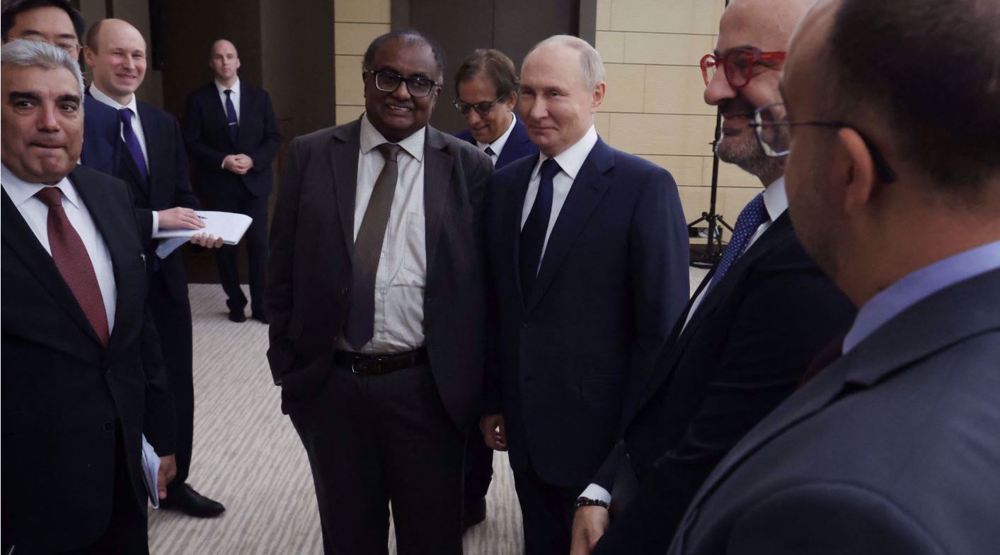




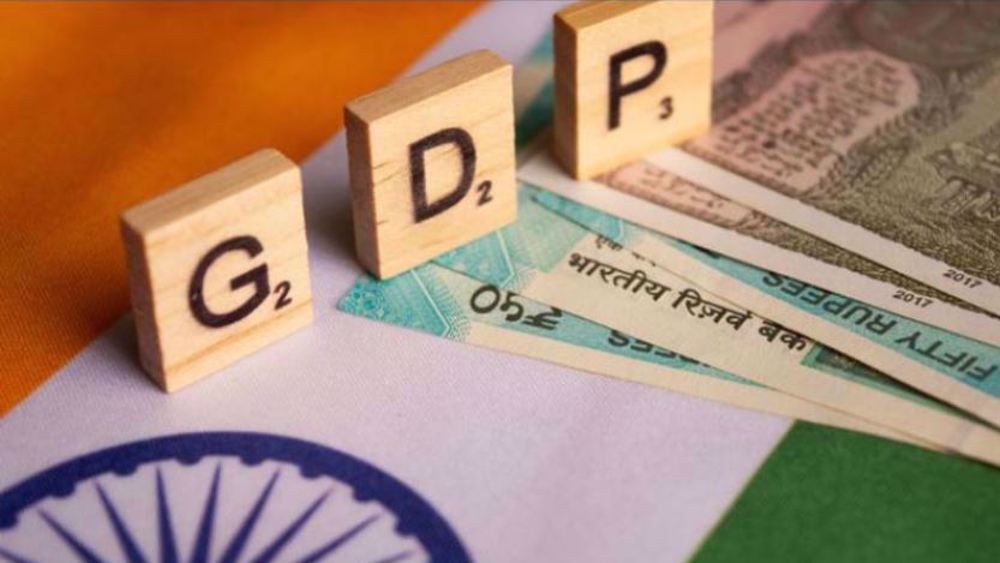

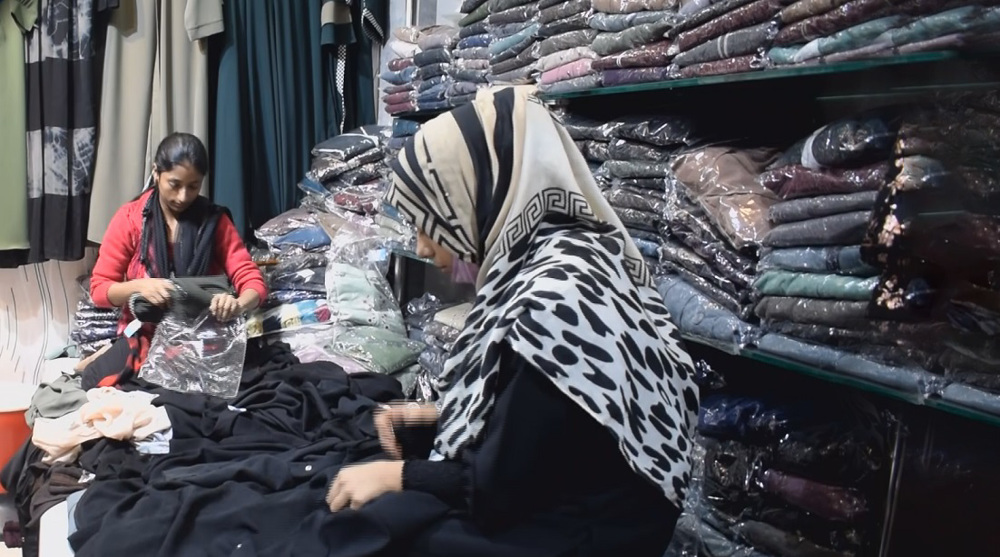
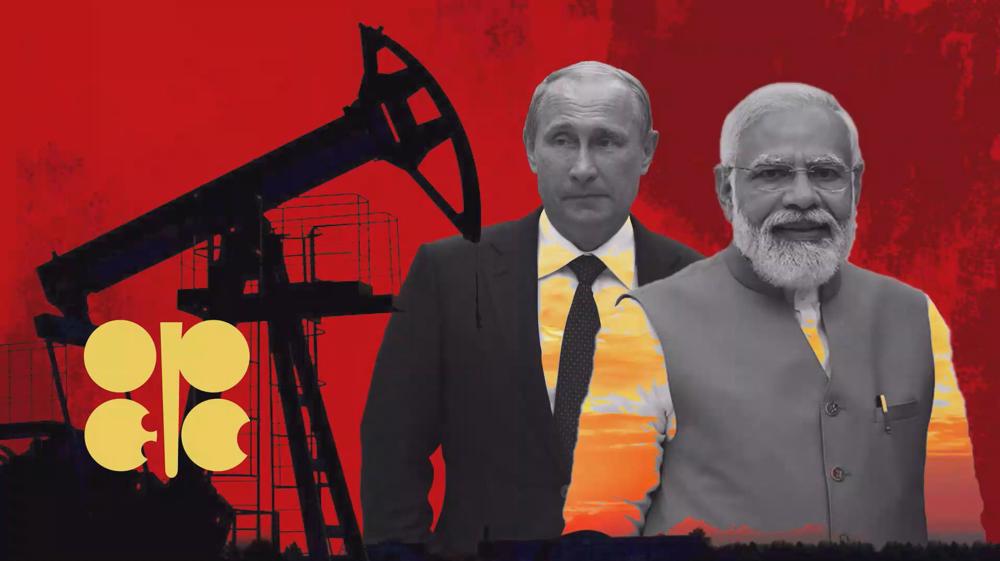

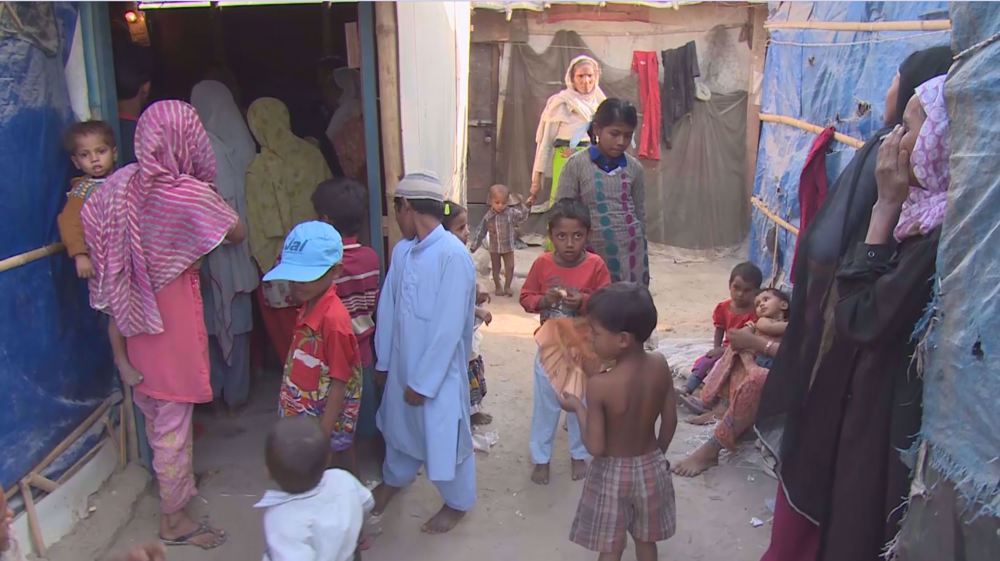

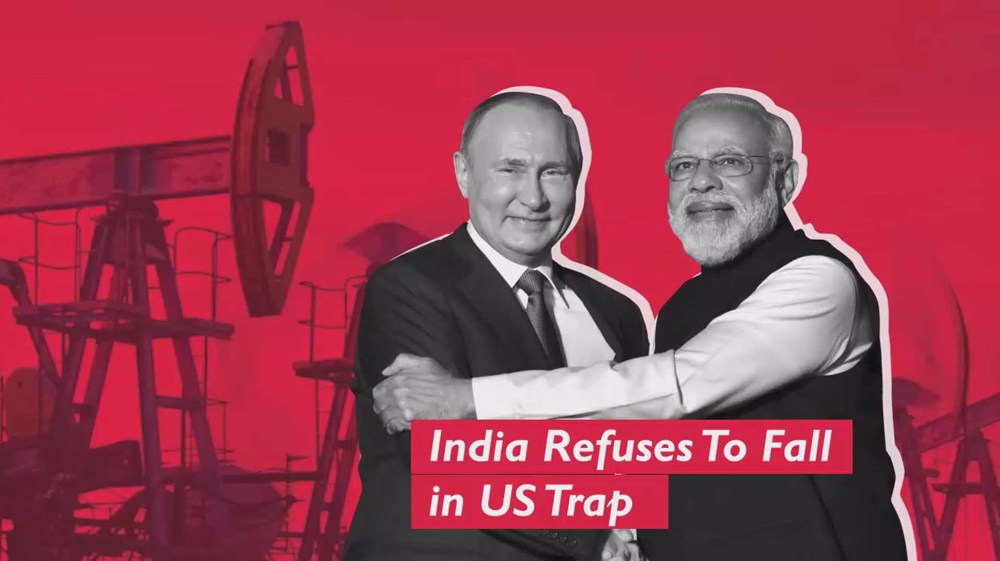
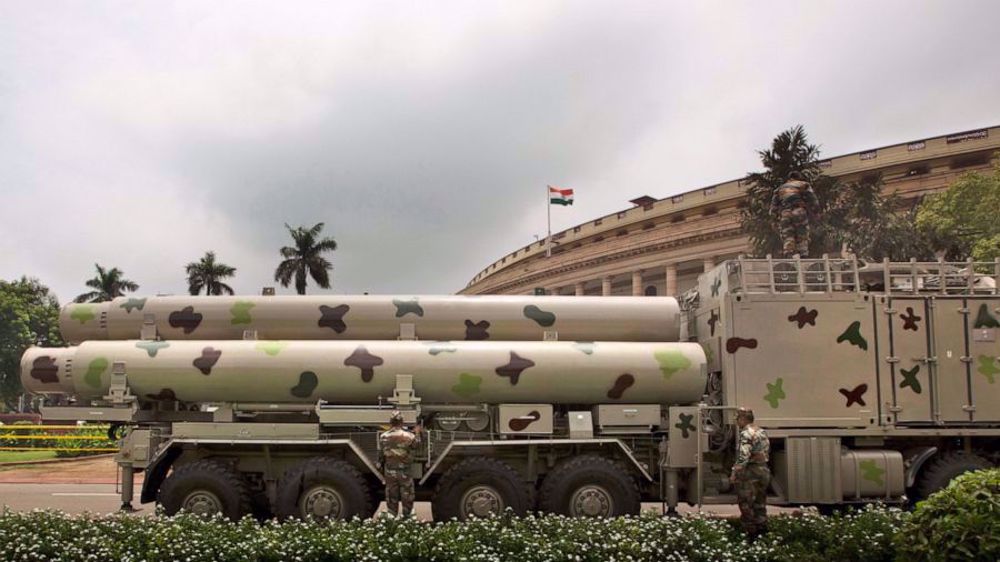
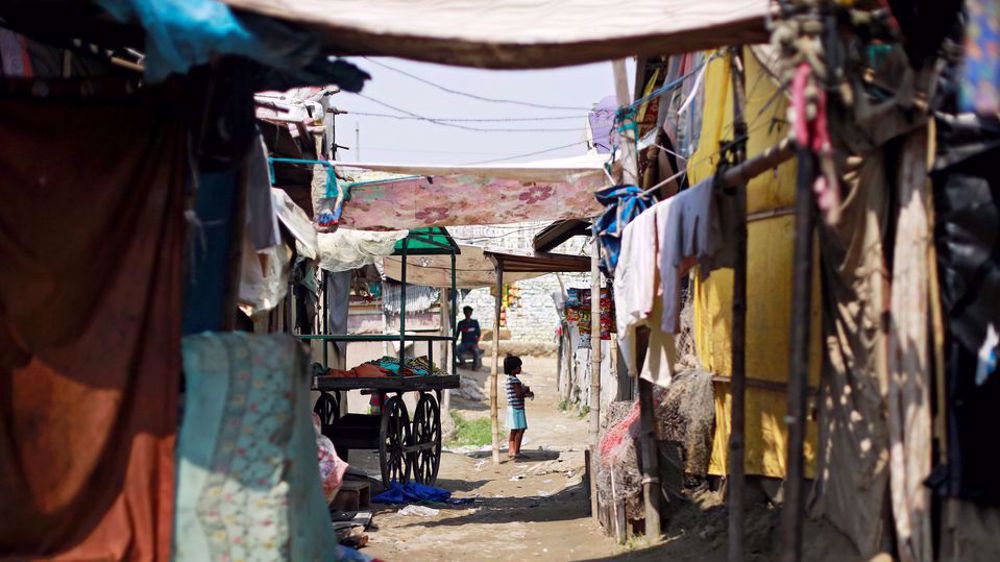

 This makes it easy to access the Press TV website
This makes it easy to access the Press TV website